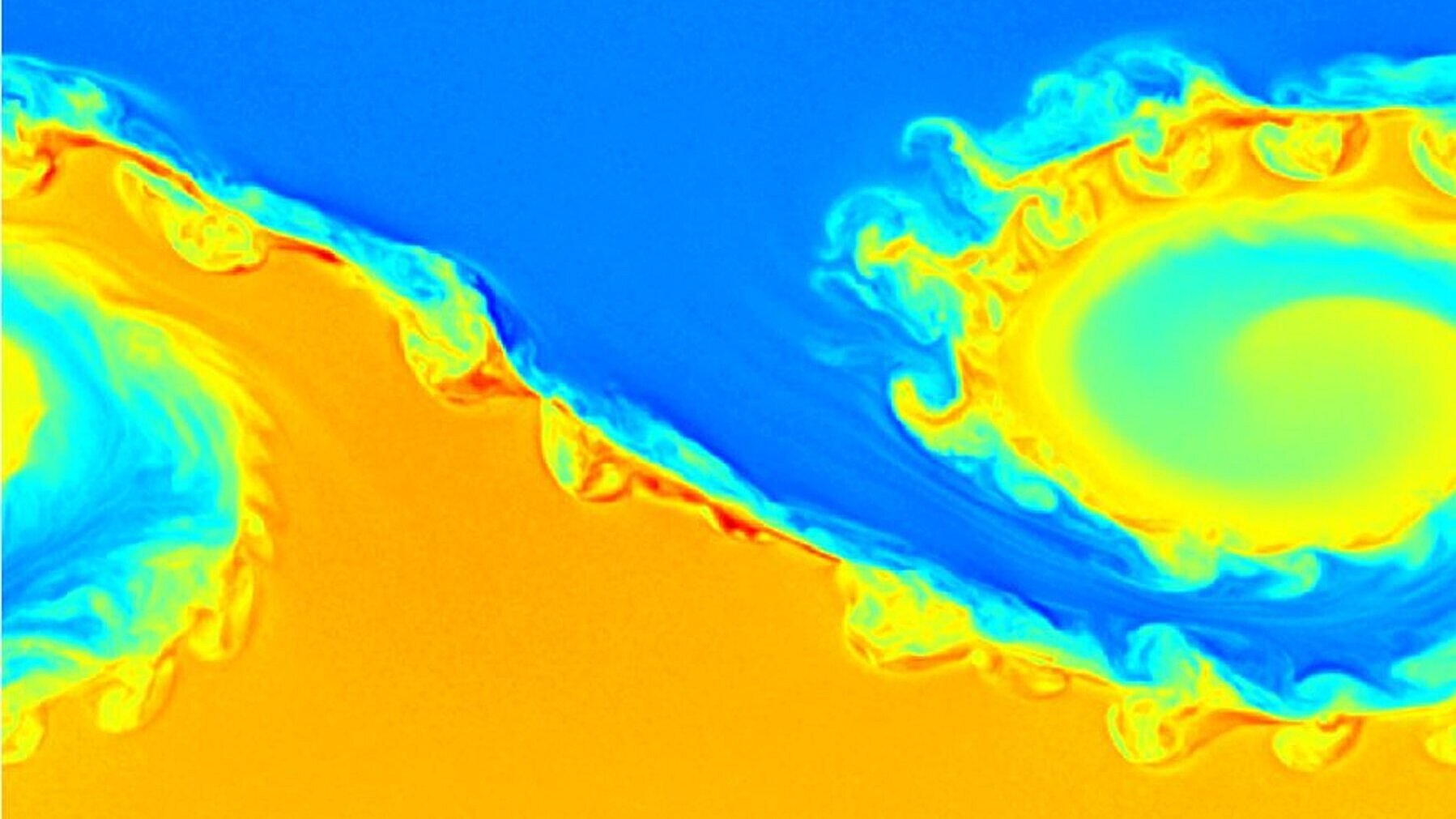Space plasma modeling and simulation

Space around and among planets, stars, and galaxies is commonly filled with plasma whose characteristic temperature and density, are, respectively, high and small enough to neglect Coulomb collisions. The behavior of space plasma is rather complex and affected by many factors such as the electromagnetic forces, multi-scale waves and instabilities. Mathematical, analytical and numerical modeling and simulations are essential to effectively handle these factors and systematically understand such complex behavior of plasma over a wide range of parameters.
Based on various methods of modeling and simulations, members of space plasma physics group are actively working on various research targets in space near the Earth, in the vicinity of other planets, comets and asteroids, near the solar surface, in the solar corona, and in the solar wind. In particular, recent advances in computer resources (high performance clusters / supercomputers) and architectures (Parallel processing in CPUs / GPUs) enable us to handle large-scale simulations of various fundamental plasma phenomena such as magnetic reconnection, plasma turbulence and collisionless shock physics covering a broad range of spatio-temporal scales that cannot be handled only from observations. The simulations are based on various models: Vlasov, particle-in-cell (PIC), hybrid, and magnetohydrodynamic (MHD). Some simulation codes are publicly available (for example, [1]) and have been continuously improved. Working with these simulations lead to a constant development of new mathematical methods and models that will benefit other research fields beyond space science. Comparison between these state-of-the-art modeling/simulations and observations also enable to obtain quantitative understanding of the multi-scale physics of space plasma phenomena.

